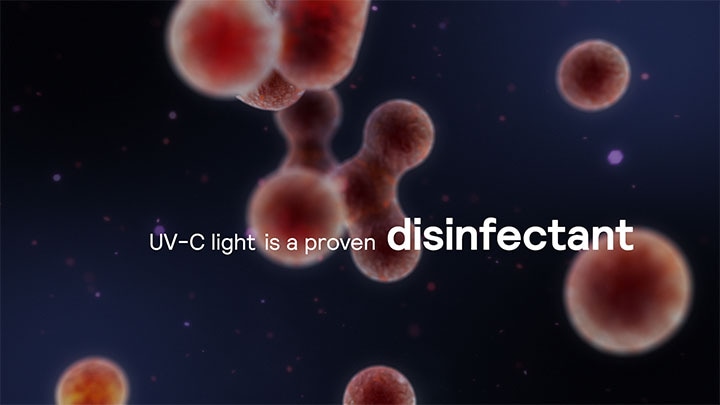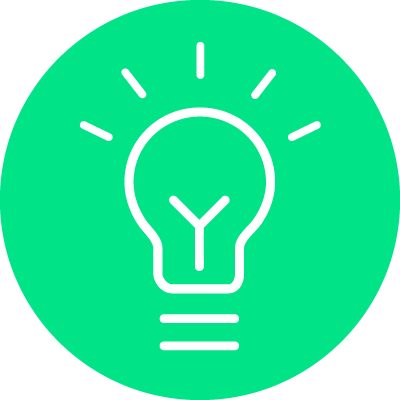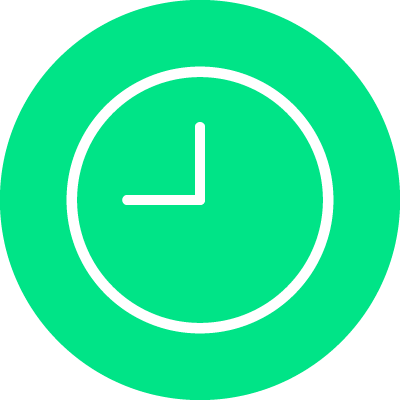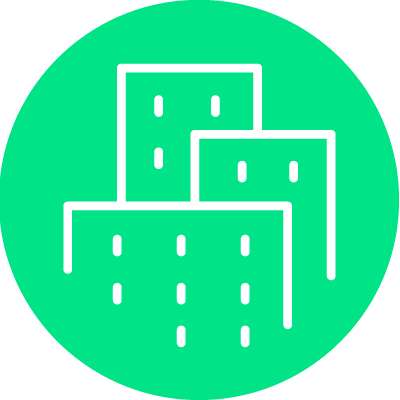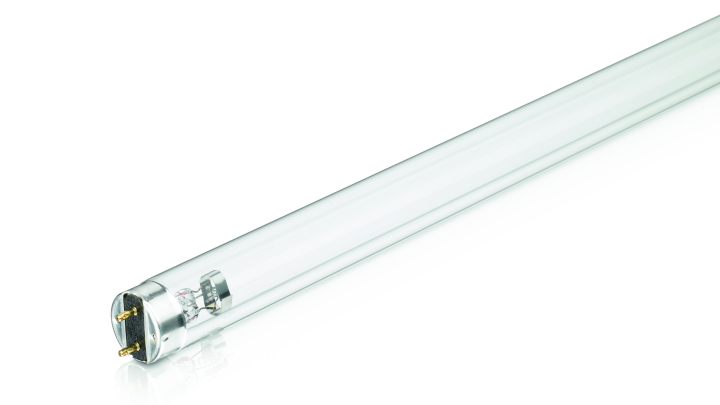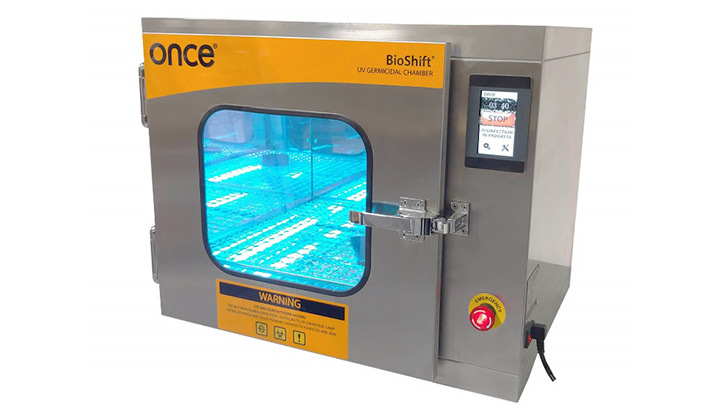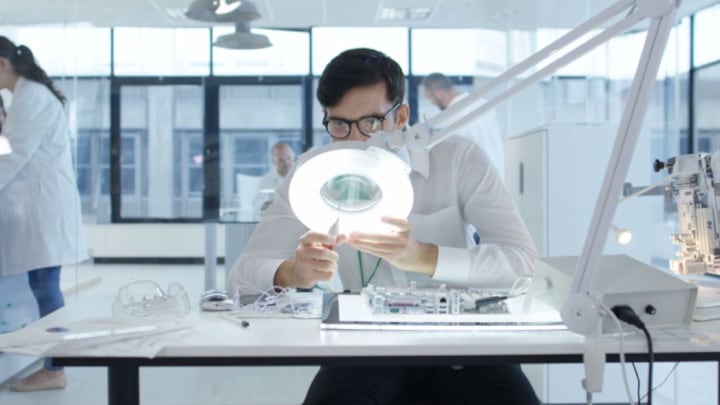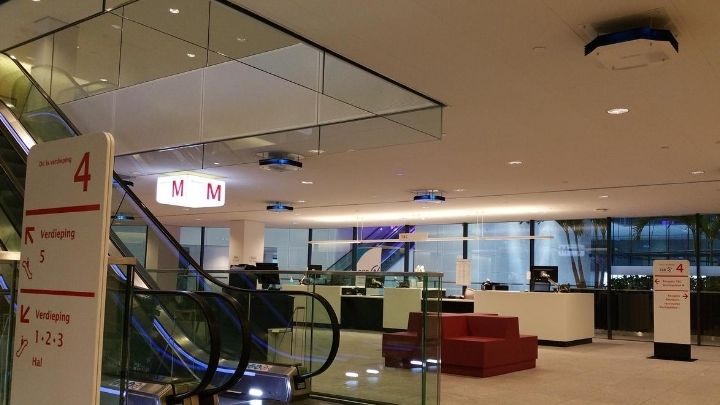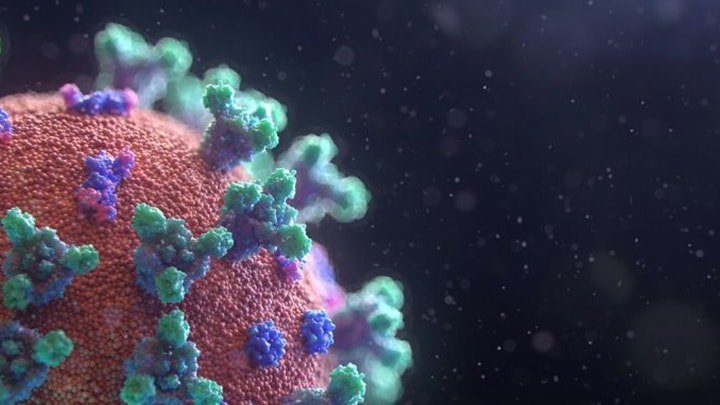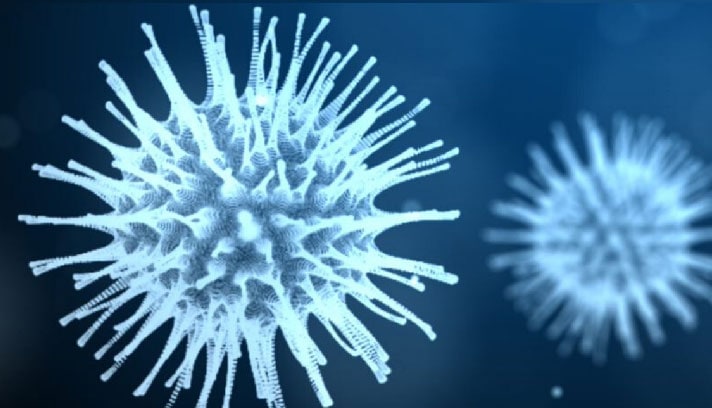UV-C lamps present minimum risk when used by professionals who know how to use them. They must shield their eyes and skin to avoid light damage and severe injuries to the eyes and skin. We advise customers to exercise caution when selecting equipment and look for evidence of third party testing as well as certification of device materials and electrical components by well-known organizations such as NSF, UL, CSA, DVGW-OVGW or other international requirements as applicable.
At this moment, none of our UV-C lamps are certified or approved under any applicable laws as a medical device and as such, Signify and/or any of its group companies do not currently intend for them to be used as medical devices anywhere in the world.
1)EPA Report, “Building Retrofits for Increased Protection Against Airborne Chemical and Biological Releases” Pg. 56
2)Fluence (UV Dose) Required to Achieve Incremental Log Inactivation of Bacteria, Protozoa, Viruses and Algae Revised, updated and expanded by Adel Haji Malayeri, Madjid Mohseni, Bill Cairns and James R. Bolton. With earlier contributions by Gabriel Chevrefils (2006) and Eric Caron (2006) With peer review by Benoit Barbeau, Harold Wright (1999) and Karl G. Linden
3)Data made available to us by the National Emerging Infectious Diseases Laboratories (NEIDL) at Boston University, which has been collected from a laboratory experiment conducted by Dr. Anthony Griffiths (Associate Professor of Microbiology at Boston University School of Medicine) and his team at the premises of the NEIDL (such data will be the subject of a forthcoming scientific publication by Boston University), shows that Signify’s UV-C light sources irradiating the surface of a material inoculated with SARS-CoV-2 (the virus that causes the COVID-19 disease) at a UV-C dose of 5mJ/cm2 (exposure time 6 seconds) resulted in a 99% reduction of the SARS-CoV-2 virus present on that surface. This study determined that a UV-C dose of 22mJ/cm2 results in a reduction of 99.9999% of SARS-CoV-2 virus on that surface (exposure time 25 seconds). Research variables are available upon request.
